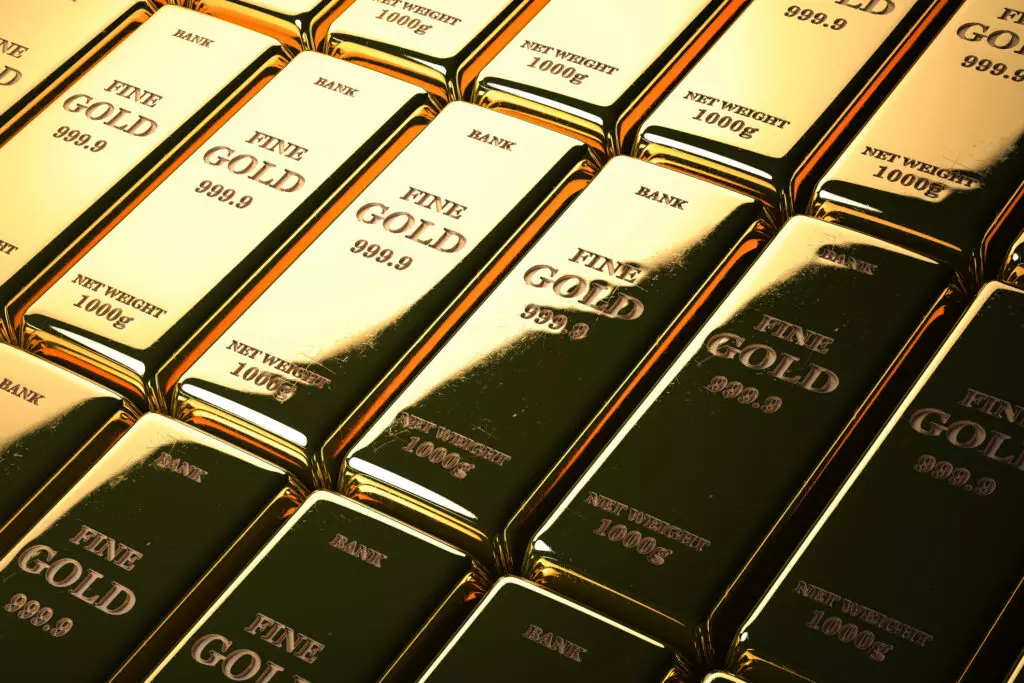As we enter February 2024, the gold market is witnessing extraordinary activity, with prices consistently hitting unprecedented milestones. The most recent surge marks six consecutive weeks of growth, with a notable 2.5% increase over the prior week alone. Such a strong performance stands out, particularly against the backdrop of volatility seen in various other asset classes. Gold’s ascent is not merely a fleeting trend, but a reflection of deeper economic currents, with significant implications for both investors and the global market.
The driving force behind this momentum can be traced back to shifts in monetary policy by the Federal Reserve, which signaled an easing stance toward the end of 2023. As inflation concerns waned and rate hikes slowed, gold began to attract attention as a hedge against economic uncertainty. The precious metal’s value jumped dramatically, rising approximately 55% within a two-month window, landing at a staggering $2790 per troy ounce. However, this rally was met with corrective measures as investors engaged in profit-taking, resulting in a dip to around $2550.
Market Dynamics and Technical Analysis
From a technical standpoint, gold is navigating through a Fibonacci extension phase, indicative of its potential to reach new heights. Following the pullback, market sentiment shifted, fueling fresh buying activity as gold regained its footing. The last week of January proved crucial, breaking through the $2800 resistance level, and sparking discussions about a potential new wave of global economic growth.
Predictions surrounding the gold market remain optimistic, with analysts speculating that prices may soar to $3400 per troy ounce by the latter half of 2024, specifically between August and October. This outlook is contingent upon continued positive momentum and investor confidence in gold as a safe-haven asset amidst global uncertainty.
The Silver Market: A Comparative Perspective
Contrasting starkly with gold, the silver market has struggled to maintain the same upward trajectory. Currently positioned 7% below its October highs, silver’s recent performance has been less robust. However, it has exhibited strong growth in the past week, hinting at a potential turnaround. Should gold’s trend persist, analysts anticipate that silver may gain momentum even more rapidly, effectively regaining its previous losses.
The interplay between gold and silver is crucial to understanding market dynamics. Typically, when gold prices surge, silver often follows suit, albeit with a lag. This correlation could be particularly salient in the current environment, where economic anxieties could prompt investors to gravitate towards both metals.
The rise of gold represents more than just price fluctuations; it encapsulates a broader narrative of economic responses to monetary policy and investor sentiment. As we look toward the future, both gold and silver will remain critical assets for yielding insight into market conditions and inflationary pressures. Investors would do well to monitor these trends closely, as the potential for significant gains arises from the twin forces of market psychology and economic indicators. The coming months may hold transformative implications for the precious metals market, warranting vigilance and strategic planning from stakeholders.

